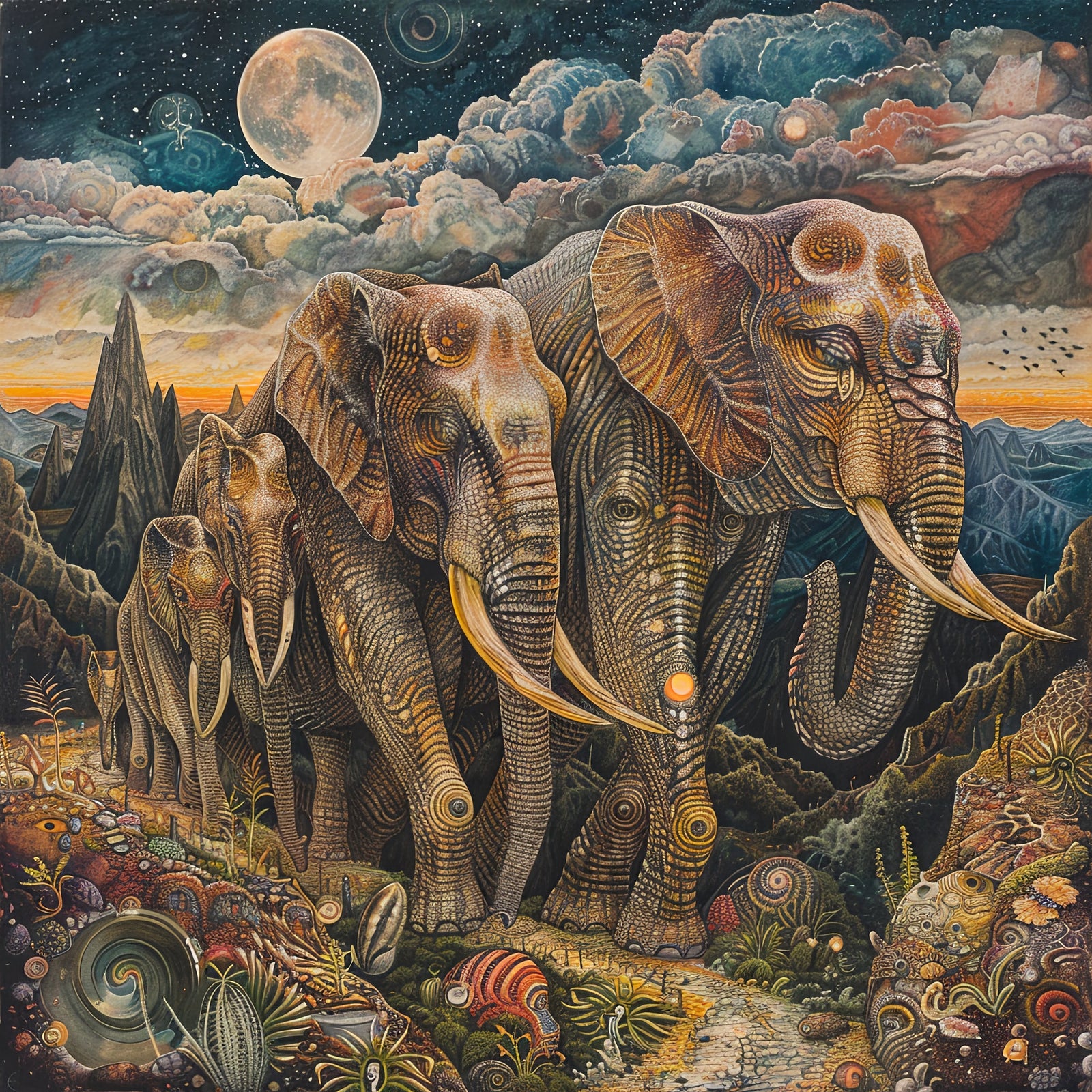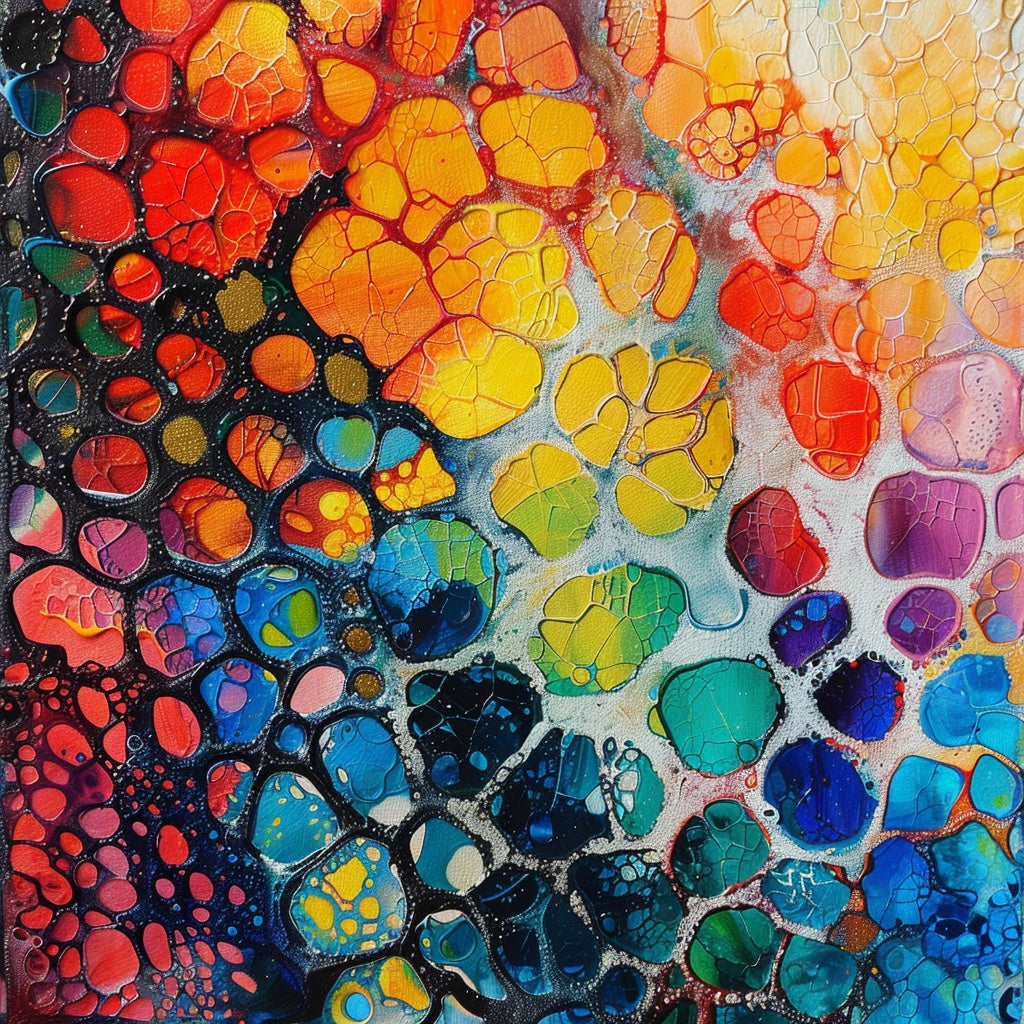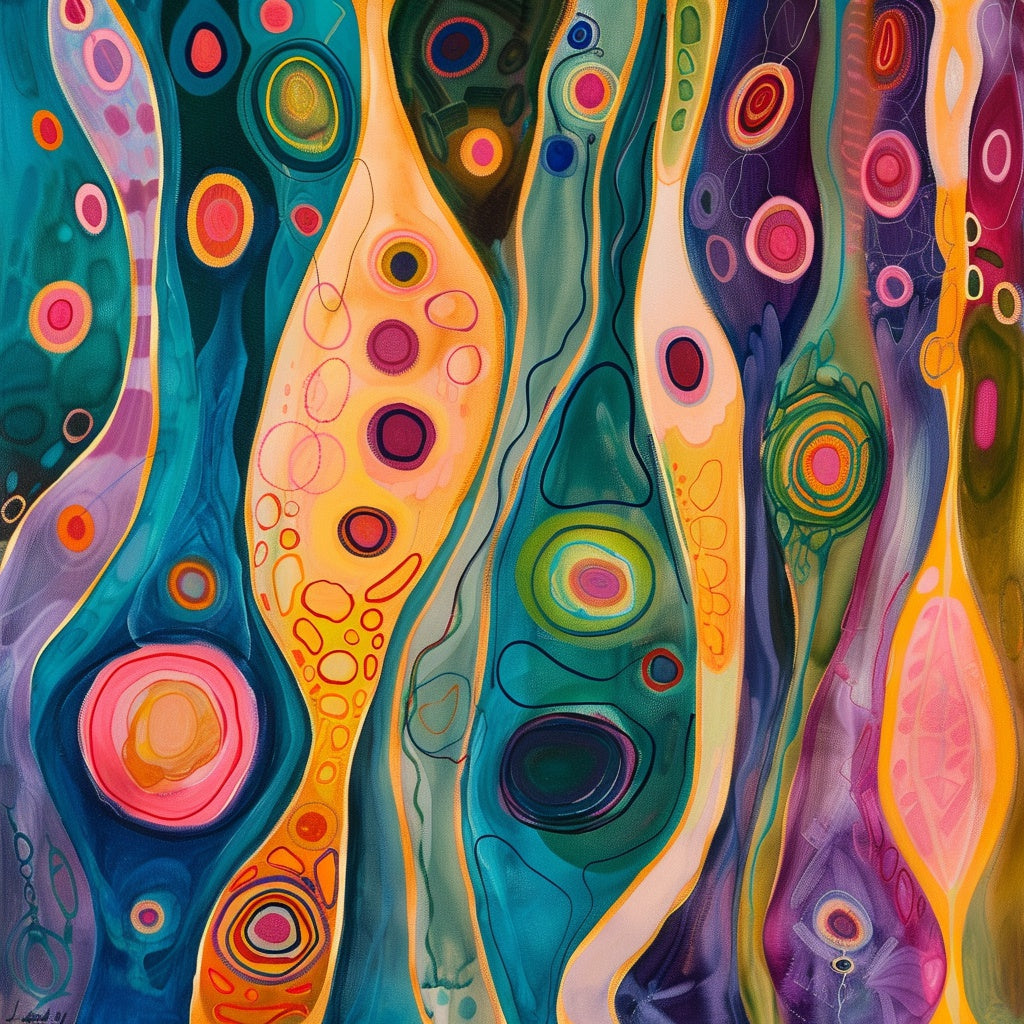AI Art: Innovation or Imitation?
Artificial intelligence (AI) has rapidly transformed various aspects of our lives, and the art world is no exception. With the advent of sophisticated AI art generators, a new era of creative possibilities has emerged. This post explores the impact of AI on art, examining whether it represents genuine innovation or mere imitation, and delves into different types of AI art and its applications.
Table of Contents
- Introduction
- AI and the Evolution of Art
- The Case for AI Art
- Examples of AI Art
- Types of AI Art
- Conclusion
Introduction
Integrating artificial intelligence (AI) into the creative realm has sparked a profound debate within the art world. AI art generators like DALL-E 2, Midjourney, and Stable Diffusion enable anyone with computer and internet access to produce strikingly realistic and imaginative images. This has led to a fundamental question: Are artists who utilize AI "cheating," or are they simply embracing new tools that broaden artistic horizons?. To fully understand this shift, it's vital to examine how art has continuously evolved through different mediums and technologies.
AI and the Evolution of Art
Art has always reflected the tools and technologies available to artists. Each new medium has presented new possibilities and challenges, from cave paintings to oil on canvas. For example, the invention of the camera was initially viewed as a threat to traditional painting; however, it ultimately spurred the development of new artistic movements such as Impressionism and Cubism. Similarly, AI can be considered as another tool available to artists, a tool that can be utilized to explore new creative territories and push the boundaries of artistic expression.
However, the rise of AI in art introduces a unique dynamic. Unlike previous tools, which were extensions of the artist's hand and vision, AI can act as a collaborator or even a competitor in the creative process. AI art generators function by analyzing extensive datasets of images and learning to identify patterns and styles. When a user inputs a text prompt, the AI leverages this knowledge to generate an image matching the description. This process can be seen as a collaboration between humans and machines, with the artist providing the initial concept and the AI assisting in its realization. This raises an important question: Is this a collaboration that leads to true innovation, or does it simply reproduce existing patterns?
The Case for AI Art
Many artists and proponents of AI art view it as a powerful tool for creative exploration and innovation. They argue that AI can help artists overcome technical limitations, generate new ideas, and explore unconventional styles and aesthetics. For instance, concept artist Brandon Reimchen believes that AI art should be seen as a tool to help speed up creative workflows and generate new ideas rather than a hindrance.
Democratization of Art
AI can make art more accessible to people who may not have the time, resources, or skills to pursue traditional art forms. This includes individuals with disabilities, those from marginalized communities, and those who simply lack formal art training. By offering a new avenue for creative expression, AI has the potential to empower individuals and foster a more diverse and inclusive art world. Think of it as providing a digital canvas to anyone who wants to create, regardless of their background or training.
Unique and Original Art
Moreover, AI can be used to create art that is genuinely unique and original. AI can generate images unlike before by analyzing vast amounts of data and identifying patterns that humans might miss. This can lead to new artistic styles and aesthetics, pushing the boundaries of what art considers possible. For example, imagine an AI analyzing centuries of art history to generate a completely novel style that unexpectedly blends classical and modern elements. This capability opens the door to new creative territories previously unexplored.
Examples of AI Art
To better grasp the potential of AI in art, let's examine several examples of how it is being used:
Portrait of Edmond de Belamy
This AI-generated portrait, created by the Obvious collective in 2018, was produced using a Generative Adversarial Network (GAN) trained on 15,000 portraits from the 14th to the 19th century. The portrait, depicting a fictional character, sold for $432,500 at Christie's auction house, marking a significant moment in the recognition of AI art and sparking debate about the value and originality of AI-generated art. This sale highlighted that AI art could be valuable and accepted in mainstream art circles.
DeepDream
Google's DeepDream algorithm transforms existing images into dreamlike, psychedelic visuals using neural networks. By identifying and enhancing image patterns, DeepDream creates surreal and abstract interpretations of the original artwork, illustrating the potential of AI to uncover hidden artistic possibilities within existing works. Think of it as AI exploring the subconscious of an image, revealing unexpected visual dimensions.
BMW's Digital Art Campaign
BMW collaborated with creative technologist Nathan Shipley and art collector Gary Yeh to train AI on 900 years of art history. The AI then generated 50 new works of art, which were projection-mapped onto a virtual rendition of the 8 Series Gran Coupe. This campaign demonstrated the potential of AI to learn from and reinterpret art history, creating new works that blend historical influences with modern aesthetics. This is a great example of how AI can act as a bridge between different eras, producing art that is both familiar and groundbreaking.
Nutella's Unique Labels
Nutella used AI art to create seven million unique jar labels for the Italian market. This campaign showcased the potential of AI to personalize and customize art for mass consumption, creating a sense of novelty and individuality for each jar of Nutella. This project illustrates how AI can inject a sense of uniqueness even into mass-produced items, adding an artistic element to everyday products.
Types of AI Art
AI art can be categorized into several types based on the techniques and algorithms used:
Generative Adversarial Networks (GANs)
GANs comprise two neural networks, a generator and a discriminator, which work together. The generator creates images while the discriminator evaluates their authenticity. This adversarial process pushes both networks to improve, generating increasingly realistic and convincing images. It's like a continuous creative feedback loop where the AI constantly tries to outdo itself in generating realistic artwork.
Neural Style Transfer
This technique enables artists to blend the content of one image with the style of another. Using convolutional neural networks, the AI can extract the stylistic elements of a chosen artwork and apply them to a different image, creating a unique hybrid combining various artistic influences. This process offers a way to merge familiar styles in novel ways, creating unique new art pieces.
Text-to-Image Generation
This involves using AI models, such as OpenAI's DALL-E, to transform textual descriptions into visual representations. By analyzing the meaning and context of the text prompt, the AI can generate images corresponding to the user's description, opening new possibilities for visual storytelling and concept art. It's like giving the AI a written prompt and creating a custom image, offering great opportunities for customized artistic visions.
Latent Space Manipulation
This technique allows artists to explore and manipulate the abstract space where AI-generated images reside. By adjusting specific points in this latent space, artists can modify various image attributes, such as color, shape, and style, providing a unique level of control over the AI's output. This allows for highly detailed and bespoke artistic creations by tweaking AI-generated content.
Deep Dream
This technique uses neural networks to enhance and modify images, creating dreamlike, surreal visuals. By identifying and amplifying patterns in the image, Deep Dream can generate abstract and often hallucinatory interpretations of the original artwork, pushing the boundaries of visual perception. Think of this like an AI-driven psychedelic filter that can drastically alter images.
Conclusion
The debate over AI art isn't just about "cheating" or "being smart." It’s a complex discussion about the nature of art, creativity, and the role of technology in our lives. AI art generators have undoubtedly disrupted the art world, challenging traditional notions of authorship, originality, and artistic expression. While there are valid concerns about the potential downsides of AI art, it also offers exciting new possibilities for creative exploration and innovation. As AI technology continues to evolve, it will be fascinating to see how artists and society choose to navigate this new frontier of art.
Ultimately, AI is another tool available to artists. Its value depends on how it is used, whether it acts as an enhancement to human creativity or as a replacement. The future of art with AI will depend on how artists and society choose to integrate technology while preserving the value of human expression.
Footnotes
AI's impact on art | News - Illinois Times
Art in the Age of AI: The Changing Role of Artists - AGI Fine Art Blog
Artificial Intelligence & Art: What is AI Art & How Will It Impact Artists? - CG Spectrum
Exploring the Benefits of AI Art: Revolutionizing Creativity - Artsmart.ai
10 Mind-Blowing Examples of AI-Generated Art - ClickUp
How AI Is Changing Artistic Creation | Columbia - Zuckerman Institute
AI Art Techniques to Know for AI and Art - Fiveable
Will AI Replace Artists? The Future of Art and Design in the Age of Artificial Intelligence



Leave a comment (all fields required)